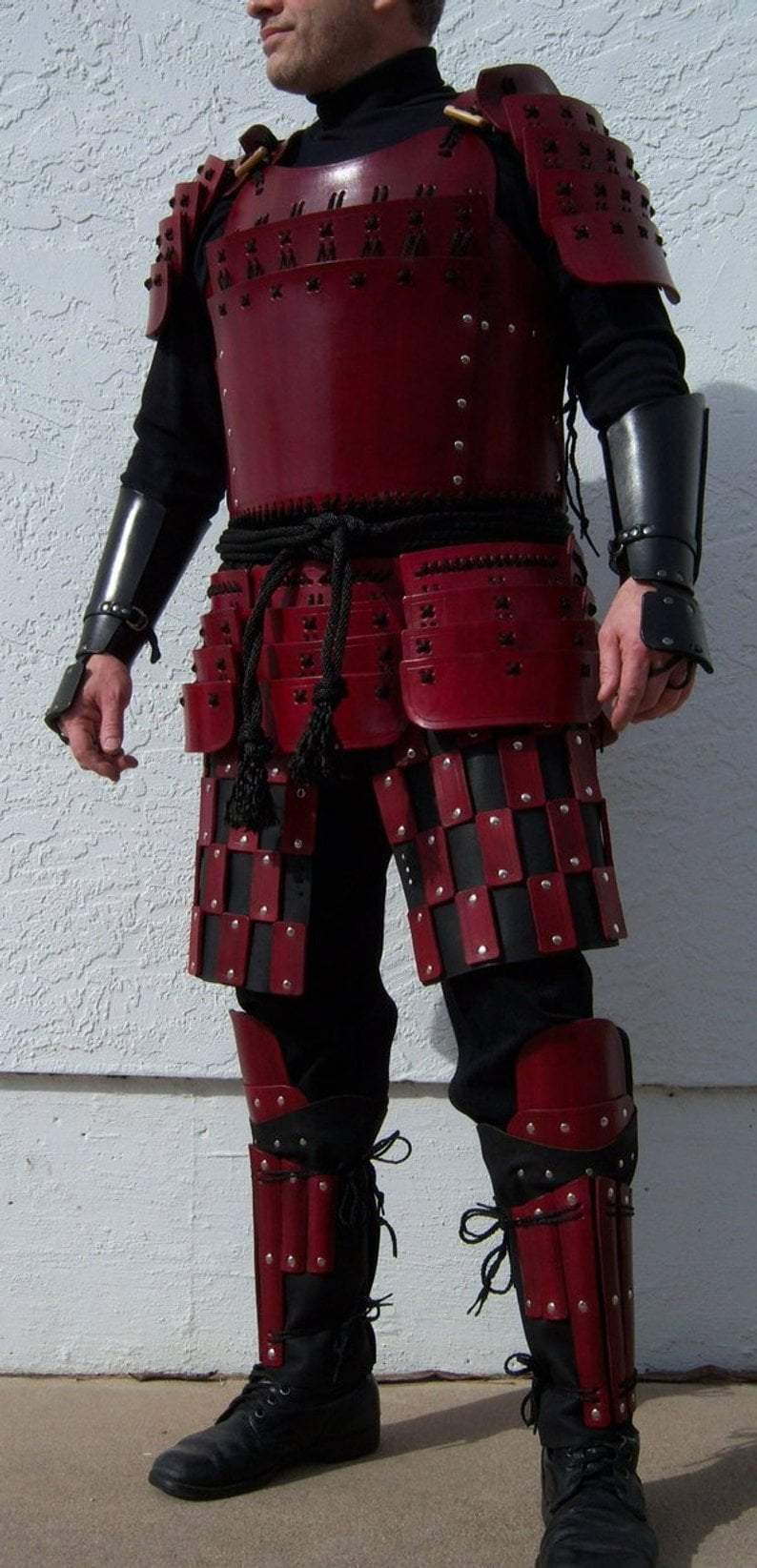
#009 Feudal Japan - Rise of the Samurai
Share
Who were the mysterious Samurai warriors of Japan, how numerous were they and what legacy did they leave behind?
In 663 CE following defeat at the Battle of Hakusukinoe against the Tang Chinese dynasty, Japan was forced to retreat from Korea. They underwent massive reform and the Japanese aristocracy adopted the political structure, culture, philosophy and religion of the Tang dynasty. From 702 CE Japan began a regular census and a law was introduced conscripting 1 in 4 adult males into the national military and formed an army called the Gundan-Sei. These soldiers supplied their own weapons, but were exempt from other duties and tax. Imperial bureaucrats at this time were split into 12 ranks. Those of the 6th rank were the original Samurai and dealt with day to day affairs, like today’s public Civil Servants. The Japanese government was overthrown during the Heiji rebellion in 1160 and the victor, Taira no Kiyomori, became the first warrior to become Imperial advisor. He eventually seized control and established the first Samurai controlled government.
In Japan, Samurai were also referred to as bushi, which means “to wait upon” in reference to the accompanying persons of nobility. They eventually became so numerous that at their height they made up nearly 10% of the Japanese population. They were associated with a clan and its lord, achieving fame for their superior military tactics, their skills in martial arts and their weaponry, especially the katana sword. Swordsmanship is believed by many to be the ultimate martial art. The Samurai tales and legendary use of the katana are unsurpassed. Judo and Aikido, popular as self-defense techniques today, were developed from the ancient martial art of Ju-Jitsu, practiced by ancient Samurai masters. Even Ju-Jitsu is still widely practiced, maintaining the legacy these skilled ancient warriors left behind.
